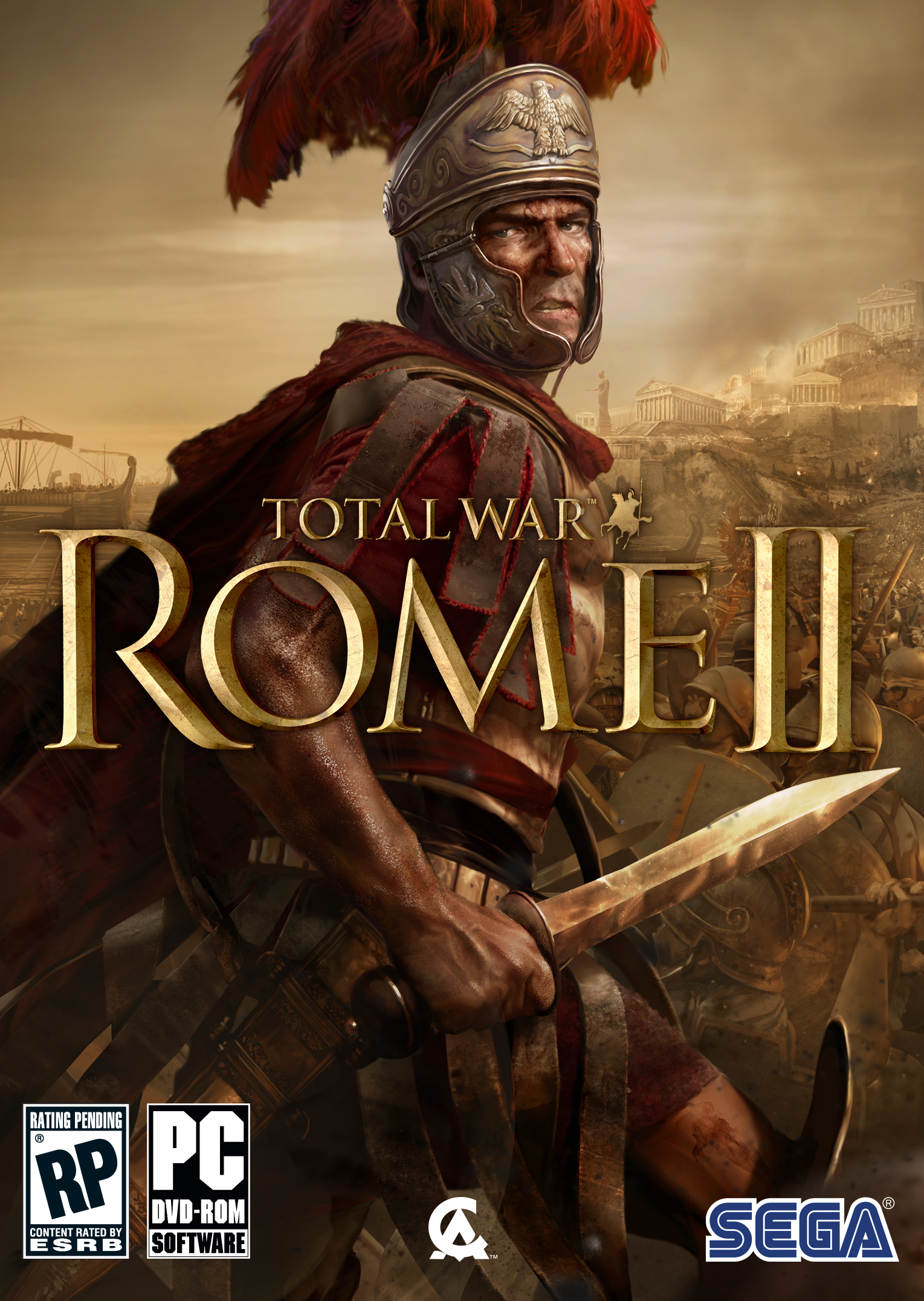

There are two places where missile units like Velites are useful. But if you've already got your other bases covered with infantry and cavalry, then these guys will tip any battle in your favor. So obviously an army that relies on them too heavily will be crushed. They're pretty useless against a strong formation of infantry in a toe-to-toe fight, and they'll be massacred if caught in a cavalry rush. Later on, you'll get roman archers or light auxilla. Early in the game you'll have Velites, the cool-looking guys with animals on their heads who hurl spears. In that role they can provide a major part of your offense, a mobile one that can repeatedly pull out and then charge into exposed areas. Later in the game, when you get the heavier legionary cavalry, they can really hack down light infantry or hold their own against heavier troops.

No, cavalry will help you WIPE THEM OFF THE MAP, never to trouble you again. That's invaluable: once the enemy is at your mercy, you don't want them to get away only to fight you again down the line or bolster up a city you're about to besiege. Most importantly, when enemy units start to rout from the field, cavalry can chase them down and finish them off. They can race around an enemy's flanks and break up their formations. But having horses on the field is invaluable. It's like the Roman Express: "Don't leave home without it." For most of the early campaign you'll be stuck with light cavalry, which will have to be used sparingly. Without several of these, you're not really going to be able to fight and win against a large, determined opposition. Early in the game you'll need Hastati to fill this role, later on you'll use Principes, and down the line you'll be using Legionary Cohorts and other heavy troops. That means infantry who can handle a toe-to-toe fight. First, you need a 'backbone' to any good army. What's a Good Unit Mix? Different regions of the map will require different strategies (more on combat tactics in later sections) but some general rules apply across the board. Have your big, important cities specialize in cranking out the highest-quality troops available to you. You can save money by disbanding the mercenaries once the immediate threat has passed, but if you want to keep them around it's not too costly to retain them year after year. It's great to be able to continue a campaign through enemy turf that you would've otherwise had to abandon. With Rome, mercenary units are more affordable (which reflects how Rome would often hire the locals to supplement their legions.) If you've got a tough fight ahead definitely look to see who's available (some generals can recruit cheaper than others). In that game you really wanted to avoid it. How about mercenaries? Long-time fans will remember how costly mercenary troops were in Medieval: Total War. As the game progresses and your empire gets bigger, I also find that the automated city governors recruit a lot of mid-level units on their own, which comes in handy. This strategy, combined with the knowledge that conquered enemy capitals will also be able to generate your heavy troops, should allow you to field large diverse armies without overspending. Have conquered towns immediately generate town guards who can keep the peace, freeing up your more expensive units to move on to the next conquest. Use outer towns to supplement your army with light infantry. Focus instead on having a handful of powerful towns that will continually generate your heaviest units, with roads and sea lanes that allow them to quickly get to the front. You don't want to sacrifice your economic development for troop buildings that you can't afford to use every turn. Quality troops are expensive, and so are troop-generating buildings. Recruiting Strong Armies The temptation is to turn every city you own into a troop-generating center, but honestly you don't need to do that.


 0 kommentar(er)
0 kommentar(er)
